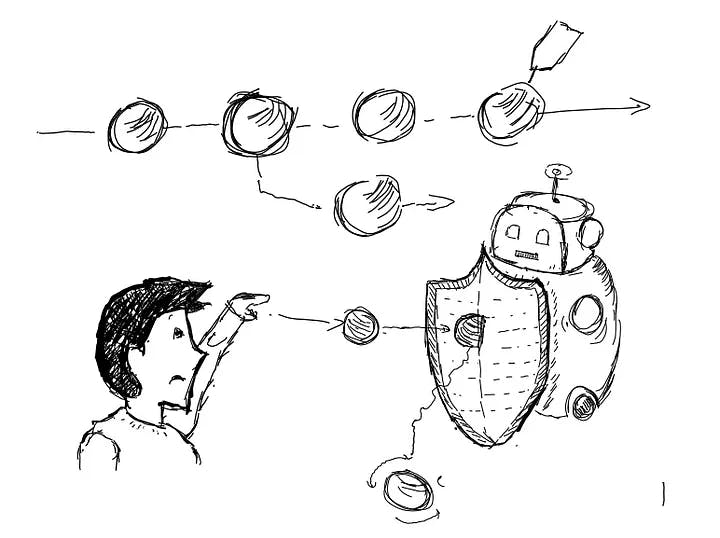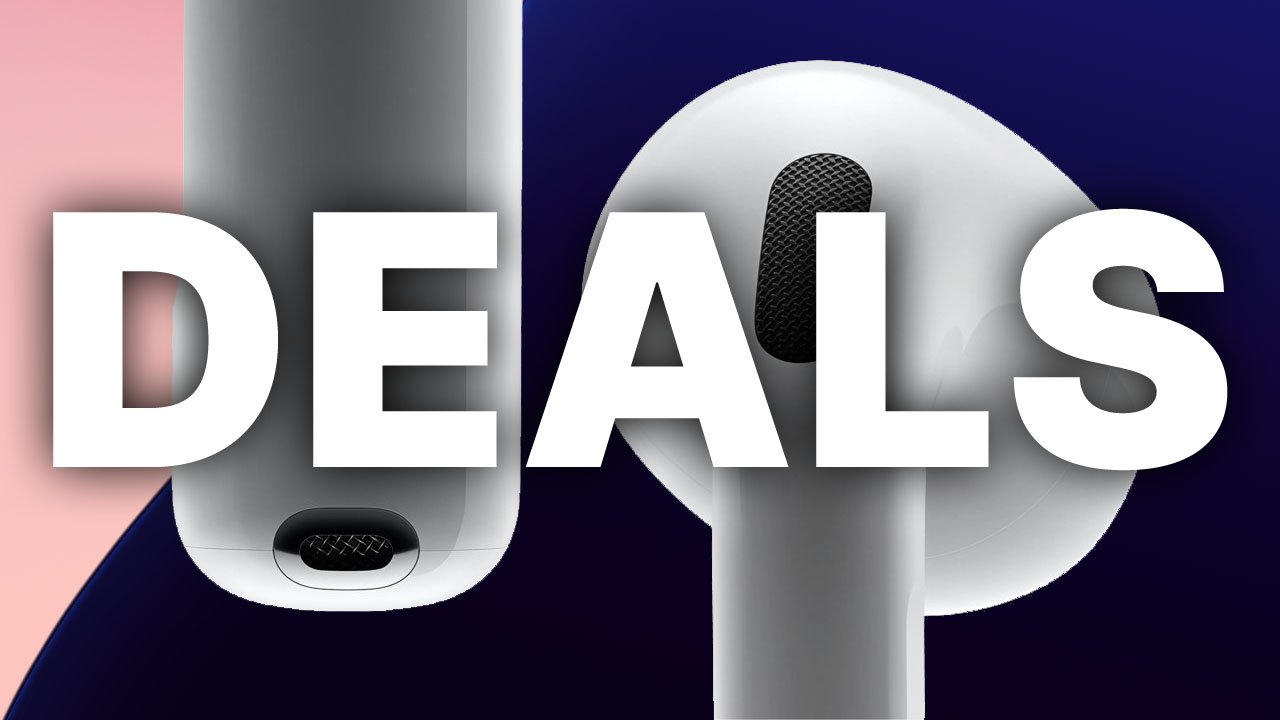Pricing: Which Bundle Suits Your Play Style?
The Nintendo Switch 2 comes in two different configurations: The $449 base version includes the console itself, both left and right Joy-Con 2 controllers, two Joy-Con 2 straps, a Joy-Con 2 Grip, a USB-C charging cable, an HDMI cable, an AC adapter, and the Nintendo Switch 2 Dock. The $500 model includes all of that plus a digital code for Mario Kart World.
Nintendo Switch™ 2 System
The Asus ROG Ally X updates the original Asus ROG Ally, the first Windows-powered handheld device. The good news is that it’s only sold in a single configuration, which should eliminate the stress of picking out the right model. However, it costs $799. This includes the device itself and its power adapter, as well as three months of Xbox PC Game Pass.

4.0
Excellent
What Our Ratings Mean
- 5.0 – Exemplary: Near perfection, ground-breaking
- 4.5 – Outstanding: Best in class, acts as a benchmark for measuring competitors
- 4.0 – Excellent: A performance, feature, or value leader in its class, with few shortfalls
- 3.5 – Good: Does what the product should do, and does so better than many competitors
- 3.0 – Average: Does what the product should do, and sits in the middle of the pack
- 2.5 – Fair: We have some reservations, buy with caution
- 2.0 – Subpar: We do not recommend, buy with extreme caution
- 1.5 – Poor: Do not buy this product
- 1.0 – Dismal: Don’t even think about buying this product
Read Our
Editorial Mission Statement
and
Testing Methodologies.
Asus ROG Ally X
$1,099.00
at Walmart
$1,099.00
Finally, the Lenovo Legion Go S is a revision of the Lenovo Legion Go. Smaller, lighter, and more compact, the new handheld is the first to use AMD’s new mobile gaming processor, the Ryzen Z2 Go. The Legion Go S lists for $729. Lenovo also plans to release two more versions this year: one equipped with SteamOS, which will cost $599, and another that will use the more powerful Z2 or Z2 Pro. The Lenovo Legion Go S comes with three months of PC Game Pass, just like the Ally X, and a power adapter.

3.5
Good
What Our Ratings Mean
- 5.0 – Exemplary: Near perfection, ground-breaking
- 4.5 – Outstanding: Best in class, acts as a benchmark for measuring competitors
- 4.0 – Excellent: A performance, feature, or value leader in its class, with few shortfalls
- 3.5 – Good: Does what the product should do, and does so better than many competitors
- 3.0 – Average: Does what the product should do, and sits in the middle of the pack
- 2.5 – Fair: We have some reservations, buy with caution
- 2.0 – Subpar: We do not recommend, buy with extreme caution
- 1.5 – Poor: Do not buy this product
- 1.0 – Dismal: Don’t even think about buying this product
Read Our
Editorial Mission Statement
and
Testing Methodologies.
Lenovo Legion Go S
$729.99
at Best Buy
$729.99
You could argue that Windows 11 justifies the premium price for these handheld PCs. But it’s a no-brainer here. While Nintendo’s pricing is higher than some expected, the Switch 2 is the most affordable option.
Winner: Nintendo Switch 2
Design and Features: Mashing Buttons With Joy
Each device in this story can trace its DNA to the Nintendo Switch, but a lot has changed since the hybrid console launched. The very concept of a handheld console itself has been transformed with tons of new developments. Some of these changes are much-needed improvements, others are subjective, but they all help distinguish the handheld consoles from one another.
Let’s look at the Asus ROG Ally X design first. A revision of the original ROG Ally, the Ally X weighs 1.49 pounds and measures 4.4 by 11 by 1.5 inches (HWD)—an unexpected 11.5% heavier than the original, thanks to a larger battery. The handles are a bit more ergonomic and chunkier, but we prefer the slimmer, Nintendo Switch-like feel of the original Ally. That device is notably more compact than the Steam Deck, another gaming handheld.

The ROG Ally X directional pad is fully revamped for more precise movement. (Credit: Joseph Maldonado)
Asus repositioned the face buttons and control sticks on the ROG Ally X, moving them to more natural places for your thumbs. The directional pad is fully revamped for more precise movement, while the face buttons feel a little more substantial. The sticks have more tension as well, offering more precision than the comparatively loose sticks of the original.
The Legion Go S measures 5 by 11.7 by 0.8 inches (HWD) and weighs 1.61 pounds. That’s slimmer than the original Legion Go, but the heaviest of our trio. That said, the Go S still feels good in your hands, and it has an anti-slip texture around the console’s grips for extra support. The Legion Go’s detachable controllers are gone, as well as the kickstand.

The Legion Go S has an anti-slip texture around the console’s grips for extra support. (Credit: Joseph Maldonado)
The Switch 2 is a featherweight by comparison, weighing 0.88 pound (1.18 pounds with the controllers attached) and standing 4.5 inches tall, 10.7 inches wide, and 0.55 inch thick. The overall design of the Switch 2 is almost identical to the original Switch. It’s a hair taller than the Switch OLED, and the Joy-Cons (now dubbed Joy-Con 2) feature larger analog sticks. The A, B, X, and Y buttons are still flipped, mirroring the Super Nintendo button layout.

The Joy-Con 2 controllers feature larger analog sticks. (Credit: Will Greenwald)
The Joy-Con 2 controllers remain detachable, though now they connect to the system with magnets instead of a sliding rail. The new console also has a redesigned kickstand and a built-in microphone, and the controllers double as mice.
Like its two competitors, the Switch 2 can connect to a monitor for full-screen play. However, Nintendo needs the Switch 2 Dock to do so, while the ROG Ally X and Legion Go S can use a dock or a USB-C-to-HDMI cable.
Ultimately, all three handhelds iterate on their predecessors’ designs, both positively and negatively. The Switch 2 keeps things light, a testament to its portability, but the ROG Ally X and Legion Go S offer plenty of features for their heavier builds. The Switch 2 is, nevertheless, still the most versatile of the bunch, sacrificing very little of what makes the original Switch great while improving just about every problem we had with the original Switch, so it earns our vote. Our second pick, as far as design is concerned, would be the ROG Ally X. We don’t love some of the changes made, but it’s still an extremely comfortable handheld.
Winner: Nintendo Switch 2
Display Quality: Small Screens, Many Pixels
With these models, the tiny monochrome screens found on 1990s-era handhelds like the Nintendo Game Boy are a distant memory. The ROG Ally X has a 7-inch full HD (1,920-by-1,080-pixel) 10-point IPS touch screen, capable of up to 500 nits of brightness. Its maximum refresh rate is 120Hz, and it supports AMD FreeSync Premium, though not HDR.
The Legion Go S sports an 8-inch WUXGA (1,920-by-1,200-pixel) 10-point IPS touch screen, with support for variable refresh rates (VRR). It can reach a peak brightness of 500 nits, and like the ROG Ally X, it does not support HDR.

Get Our Best Stories!
All the Latest Tech, Tested by Our Experts

By clicking Sign Me Up, you confirm you are 16+ and agree to our Terms of Use and Privacy Policy.
Thanks for signing up!
Your subscription has been confirmed. Keep an eye on your inbox!

The Legion Go S sports an 8-inch WUXGA (1,920-by-1,200-pixel) 10-point IPS touch screen. (Credit: Joseph Maldonado)
The Switch 2, meanwhile, uses a 7.9-inch full HD (1,920-by-1,080-pixel) LCD touch screen with VRR support courtesy of Nvidia G-Sync. Nintendo doesn’t share specific information like maximum brightness, but it does say that the system supports HDR10.
Switching over to docked play, the ROG Ally X supports 4K resolution at 60Hz or 1080p at 120Hz when using the official ROG Gaming Charger Dock. The Legion Go S, when paired with the Lenovo Legion Go USB-C Dock, offers similar performance: either 4K at 60Hz, or 1440p (2,560 by 1,440 pixels) at 120Hz.

The ROG Ally X has a 7-inch full HD (1,920-by-1,080-pixel) 10-point IPS touch screen. (Credit: Joseph Maldonado)
Nintendo caused a slight stir after the Switch 2 reveal. It was previously confirmed that the device would support VRR in both handheld and docked modes, but that has since been revised to VRR in handheld mode only. The system can output 4K resolution at 60Hz and 1080p at 120Hz.
All three systems’ screens perform admirably, and it’s extremely hard to choose the best option. The Switch 2’s HDR support does help give it an edge here. On the other hand, the Legion Go S offers the most real estate at the highest resolution (even if it’s just a handful of additional horizontal pixels), and the Switch 2’s inability to support VRR while docked is a problem. We hope that issue can get fixed in a future update, but until that happens, we’re giving the Legion Go S a slight edge. (Also read our examination of the Switch 2’s screen and some early complaints about it.)
Winner: Lenovo Legion Go S
Tech Specs: Upscaling Is the Secret Sauce
Gaming handhelds have to do it all—support the latest and greatest games while maintaining a form factor that can be tossed into your bookbag. All three systems use a combination of custom processors and AI upscaling to make your games look as good as possible on the go, but which is the best one? Let’s take a look at the silicon inside each of the devices to find out.
Both the ROG Ally X and the Legion Go S use AMD’s Ryzen Z1 and Z2 series of accelerated processing units (APUs). APUs combine the GPU and CPU onto a single chip, using integrated graphics as budget and midrange laptops do. These Z chips are custom-made for handheld gaming and support upscaling technologies like AMD FidelityFX Super Resolution, also known as FSR.

(Credit: AMD)
In fact, AI upscaling technologies like FSR are the secret sauce in the handheld gaming market. Using AI upscaling, games can drop their internal resolution and rebuild the image using AI. This maintains and even improves performance while resulting in image quality that is nearly identical to the natively rendered image. On a larger screen, you may be able to spot the “ghosting” artifacts left behind in the rebuilt image, but it’s tough to see those types of blemishes on smaller 7- and 8-inch screens.
The ROG Ally X uses AMD’s older Z1 Extreme, while the Legion Go S uses the latest-generation Z2 Go. You’re safe to assume that newer is better when it comes to processor generations, but the devil’s in the details. The Z2 Extreme (a processor that no handhelds currently use) is based on AMD’s “Strix Point” CPU, which combines “Zen 5” and “Zen 5c” CPU cores with the new RDNA 3.5 graphics architecture that’s optimized for LPDDR5X memory. But the Z2 Go is based on the older “Zen 3+” architecture, with four CPU cores and eight threads, and it uses RDNA 2 architecture for its graphics. The Legion Go S also comes equipped with 32GB of LPDDR5X RAM, a 1TB SSD, and both Wi-Fi 6E and Bluetooth 5.3.
The Ally X employs the Z1 Extreme, which, unlike the Z2 Go, is built using “Zen 4” architecture and includes eight CPU cores and 16 threads. It also utilizes RDNA 3 architecture for its graphics. In addition, the Ally X comes with 24GB of LPDDR5X RAM, a 1TB SSD, Wi-Fi 6E, and Bluetooth 5.2.
Recommended by Our Editors

The Legion Go S comes equipped with 32GB of LPDDR5X RAM, a 1TB SSD, and both Wi-Fi 6E and Bluetooth 5.3. (Credit: Joseph Maldonado)
Nintendo has never been one to parade its devices’ technical specifications. In fact, it is known for utilizing older tech, abiding by the philosophy of longtime designer Gunpei Yokoi: “Lateral thinking with withered technology.” Nevertheless, the Switch 2 is a vast improvement over the Switch 1’s architecture.

Nintendo doesn’t list the Switch 2’s specific processing capabilities, instead describing it as using a “custom processor made by Nvidia.” (Credit: Will Greenwald)
Instead of laying out the Switch 2’s exact stats, Nintendo simply says the device uses a “custom processor made by Nvidia.” However, after years of speculation, leaks, and shipping manifests, Digital Foundry suggests that the Switch 2’s processor is an ARM Cortex A78C with CPU clocks that hit 998MHz (docked) and 1,101MHz (mobile), with a max clock speed of 1.7GHz. The same source suggests that the Switch 2 also uses an Nvidia T239 GPU, which is based on Nvidia “Ampere” architecture, as seen on the RTX 30 series. Nvidia claims that the custom processor will bring real-time ray tracing, lifelike lighting, reflections, and shadows to Nintendo’s hardware.
The Switch 2 uses 12GB of LPDDR5X, delivered via two 6GB modules. It also uses Wi-Fi 6 and Bluetooth (though Nintendo does not specify the Bluetooth version).
The big game-changer here is likely to be the use of Nvidia’s Deep Learning Super Sampling (DLSS), Nvidia’s version of FSR. In the early going, we have been impressed with the look of many of the graphically intensive games we’ve tried. Games like Cyberpunk 2077, Hogwarts Legacy, and Hitman: World of Assassination look nearly identical to their current-gen counterparts, and sometimes, in fact, they even look nicer in handheld mode.
The Z2 Extreme might set the stage for the future of handheld consoles (if it performs as well as AMD promises), but out of these three picks, we’re going to give the ROG Ally the edge.
Winner: Asus ROG Ally X
Game Libraries: So, What Can I Play?
Finally, we’ll discuss what is probably the most important category—the games catalog. Both the ROG Ally X and Legion Go S are backed by a wide selection of PC games across various apps, including Steam, Epic Games Store, GOG, and Xbox. That means that these handhelds have access to a wealth of classics and brand-new AAA releases, though that doesn’t mean every game will run on the handhelds.

Much of the Switch 2’s launch lineup consists of ports of games that are much cheaper elsewhere. (Credit: Will Greenwald)
While plenty of impressive titles like Baldur’s Gate III run on the handhelds, countless games don’t play at all, or play in such a compromised state that they’re not worth the effort. Steam Deck Verification has helped gamers fine-tune their experiences, but it’s still not perfect.
The Switch 2, on the other hand, launched with exclusive Switch 2 software. Much of the Switch 2’s launch lineup consists of ports of games that are much cheaper elsewhere, but the Switch 2 has one thing that others do not have: Nintendo’s library of excellent games. The Legend of Zelda, Super Mario, Pokémon, Kirby, Metroid, Pikmin, Splatoon, Animal Crossing, Xenoblade, Fire Emblem—the list goes on and on. These are games that literally can’t be played anywhere else. The Switch 2 is also backward-compatible with the Switch’s library of games, so even if you don’t bother with any of the new Switch 2 releases, you’ll still find a huge back catalog.

The ROG Ally X is backed by a wide selection of PC games. (Credit: Joseph Maldonado)
However, the Switch 2 upgrade path has proven to be quite stingy. While other platforms like Xbox offer next-gen game upgrades for free, Nintendo charges $10 to $20 to upgrade titles to their Switch 2 editions. Some non-Nintendo titles also cost $10 for upgrades, though many publishers are not offering an upgrade path at all.
Ultimately, Nintendo games are console sellers, and they’re the reason why we buy into the ecosystem. While a wealth of games is available on Steam, you’re not always getting the best version of a game when you’re playing it on a Legion Go S or ROG Ally X. But if I fire up my Switch 2, I know that I’m playing the best version of Tears of the Kingdom or Super Mario Odyssey. Call me a fanboy, but I have to give the Switch 2 a slight edge here. What can I say—quality over quantity.
Winner: Nintendo Switch 2









